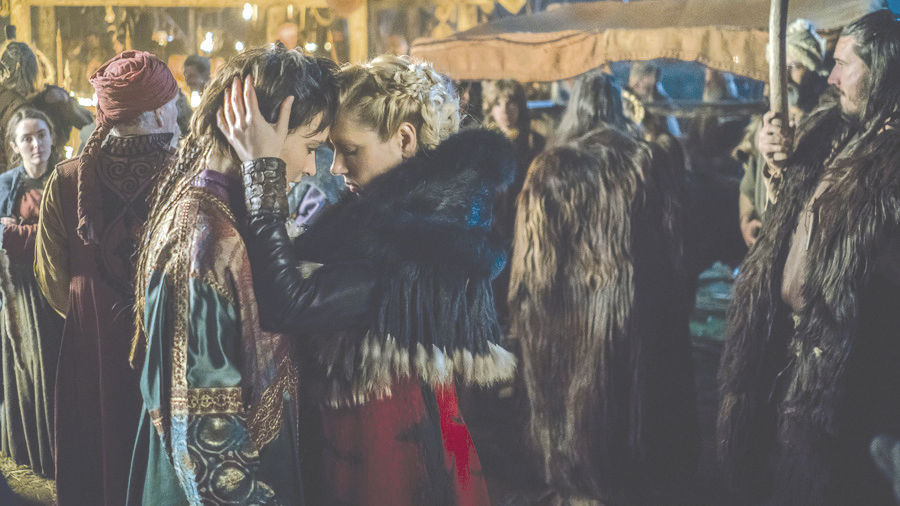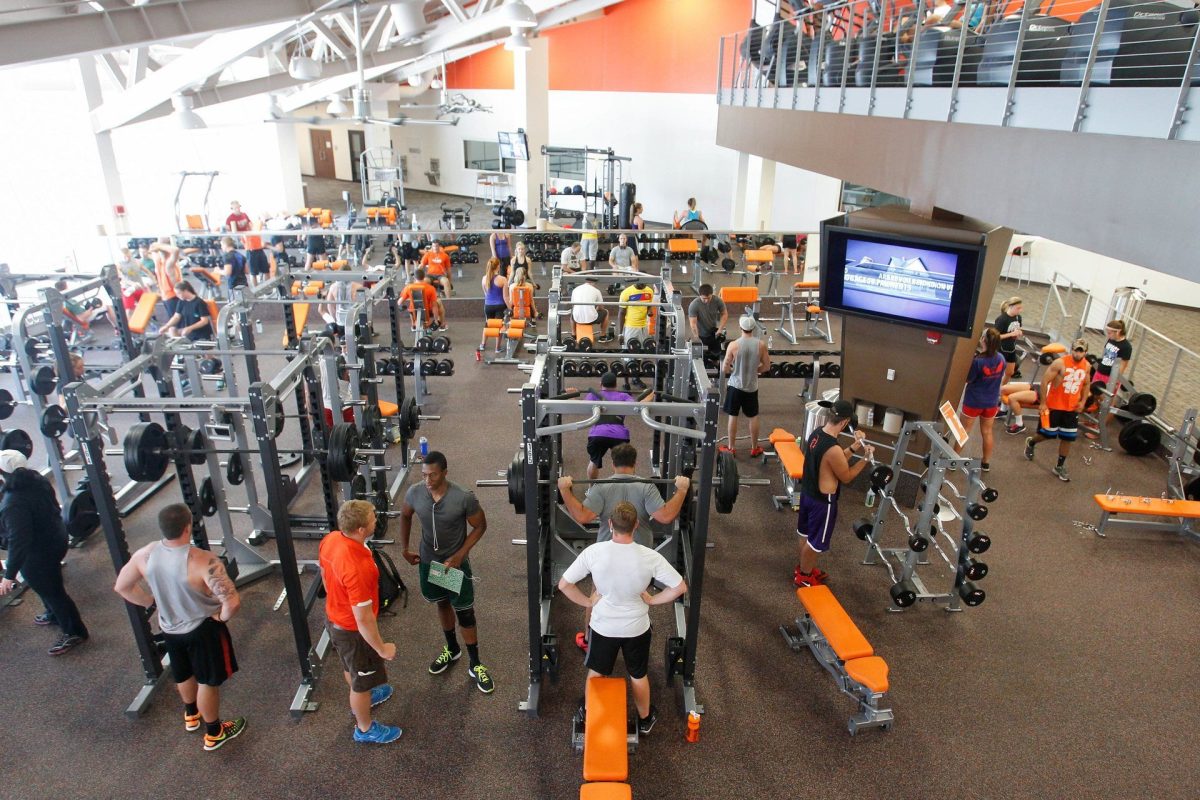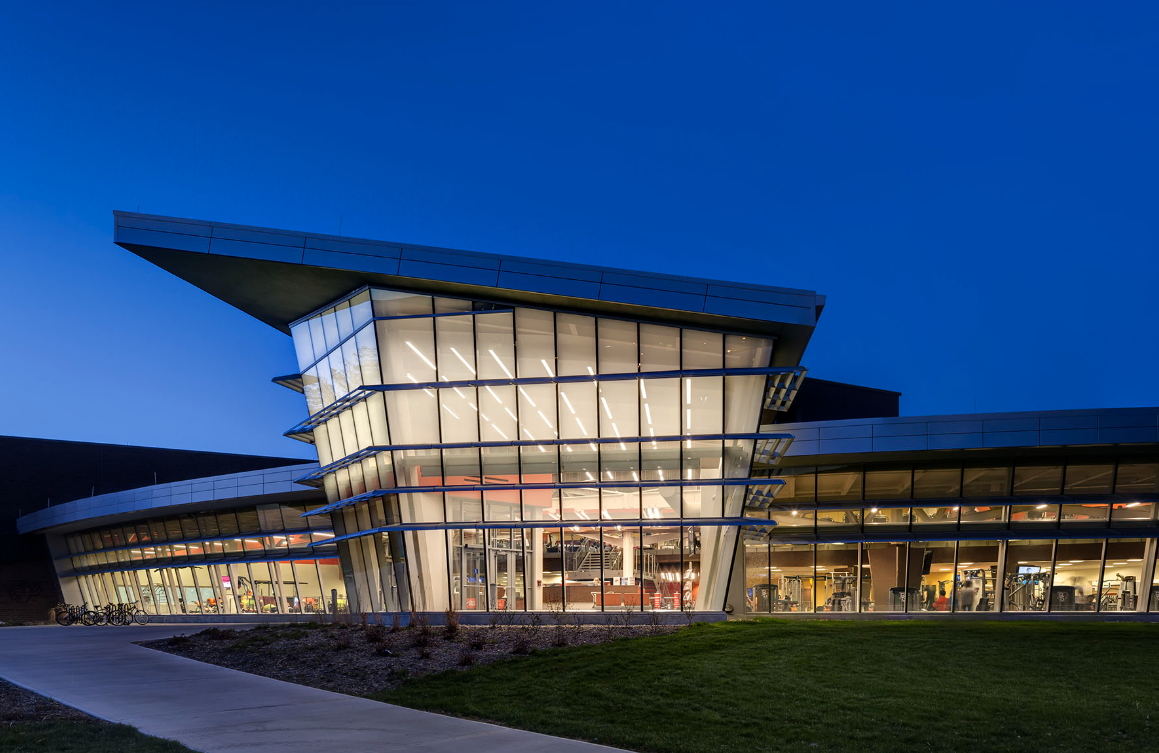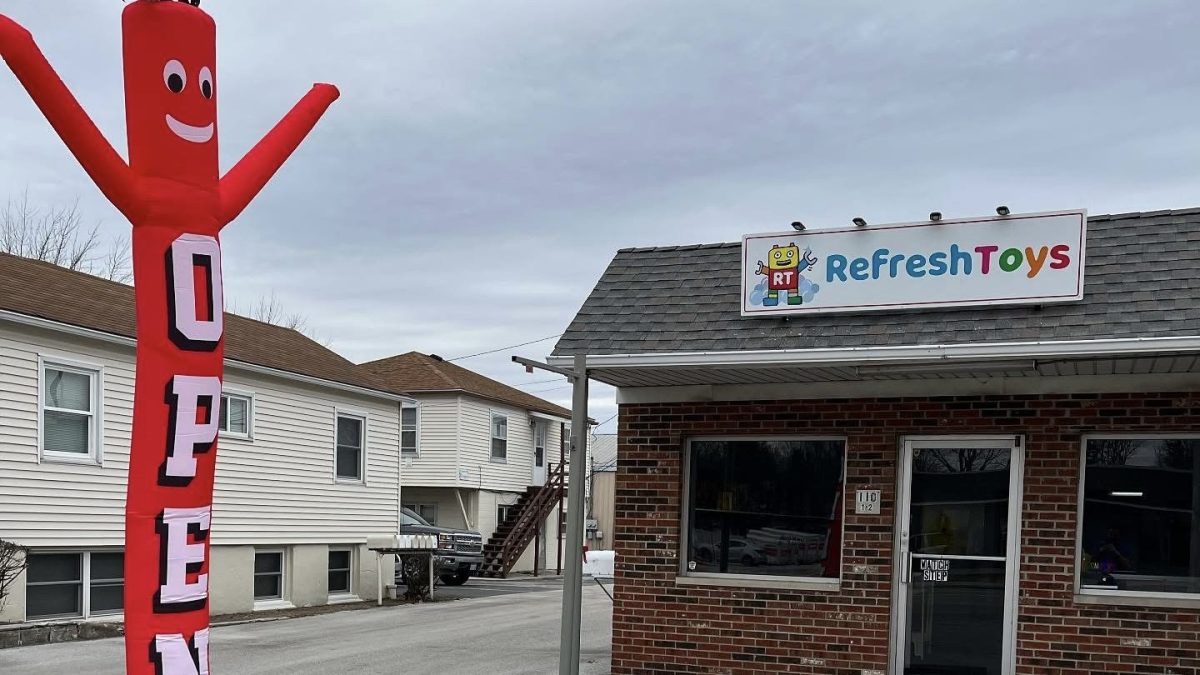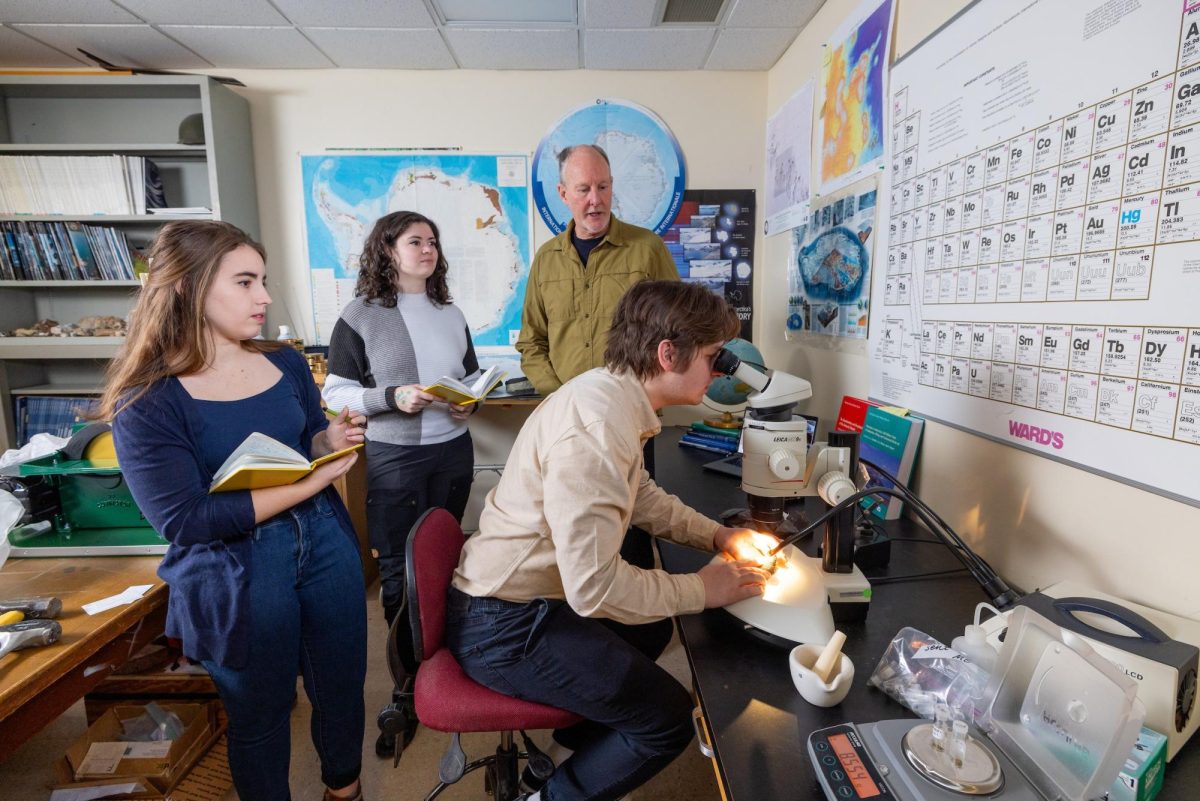On Nov. 30, 2016, warriors and shieldmaidens returned to History Channel to raid TV screens everywhere, but unfortunately less so in America.
Michael Hirst’s “Vikings” is halfway through part two of its fourth season, and the plot continues to thicken as the Viking raiders travel to new continents, settle old debts and start new relationships.
One of the more interesting relationships is between the shieldmaiden-turned-queen Lagertha and her fellow shieldmaiden Astrid.
This is the first bisexual relationship portrayed in the U.S. versions of the show, and some viewers might have been surprised by Lagertha’s seemingly random relationship with Astrid.
In season three of the U.S. version of “Vikings” a kiss scene between Lagertha and a Saxon queen was cut; U.S. viewers were denied this preview into Lagertha’s bisexuality. In previous seasons, Lagertha had been married to men or had taken men as lovers, so the deletion of the kiss scene perpetuated the assumption that Lagertha was a heterosexual female.
What is interesting about “Vikings” is that it is historically-based, taken from English, Frankish and Danish accounts, as well as Viking sagas.
The fact that Hirst chose to explore a homosexual relationship between two female characters, one a series regular, contributes to viewers’ perception of queer relationships, not only in current society, but also ancient societies.
Lagertha’s actual existence is debated –- scholars continue to debate the validity of the Viking sagas in which she is mentioned — so, surely, there is no way to know if this mythical woman actually had a female lover.
Her relationship with Astrid in the scenes aired in the U.S. version are largely positive and portray them confiding in each other, making important decisions together and having a sexual relationship.
However, a queer love scene between Lagertha and Astrid was completely edited out with only their kiss being shown.
Though it is unknown if the extended love scene was included in other versions of the show, its deletion begs the question: Why are heterosexual love scenes shown more in American television than homosexual love scenes?
If a show portrays somewhat graphic heterosexual sex scenes –- including scenes of rape –- then homosexual sex scenes should be included as well, especially if they add to the narrative.
Exploring Lagertha’s relationship with Astrid is important to understanding why she became interested in a woman at this time.
Hirst said “I’m not saying that she’s suddenly discovered that she’s a lesbian … The point is, she’s in a relationship with someone she feels more comfortable with, someone she feels she might be able to trust, and it’s a woman.”
Hirst’s choice to include a queer relationship in a widely popular TV series comes at a time when queer female relationships are becoming a frequent occurrence in TV shows and films., many of whom are shown in a negative light.
Queer love scenes still seem somewhat taboo in the American film and television industry, and the deleted love scenes between Lagertha and Astrid are not a unique occurrence.
According to an Independent article, queer kiss scenes between the two main characters of Todd Hayne’s “Carol” were completely edited out a screening of the film on a Delta Air Lines flight.
Similarly, scenes from the BBC drama “Call the Midwife” featuring two female love interests were cut in the PBS airings in America, the publication AfterEllen reported
All of these instances of editing suggest that the American film industry and market are continuing to filter aspects of homosexual and queer relationships, and it seems unnecessary in 2017.
Queer relationships have occurred throughout human history, and treating the portrayal of homosexual and heterosexual relationships equally in terms of deletion would be an important step forward for the American film and TV industries.


